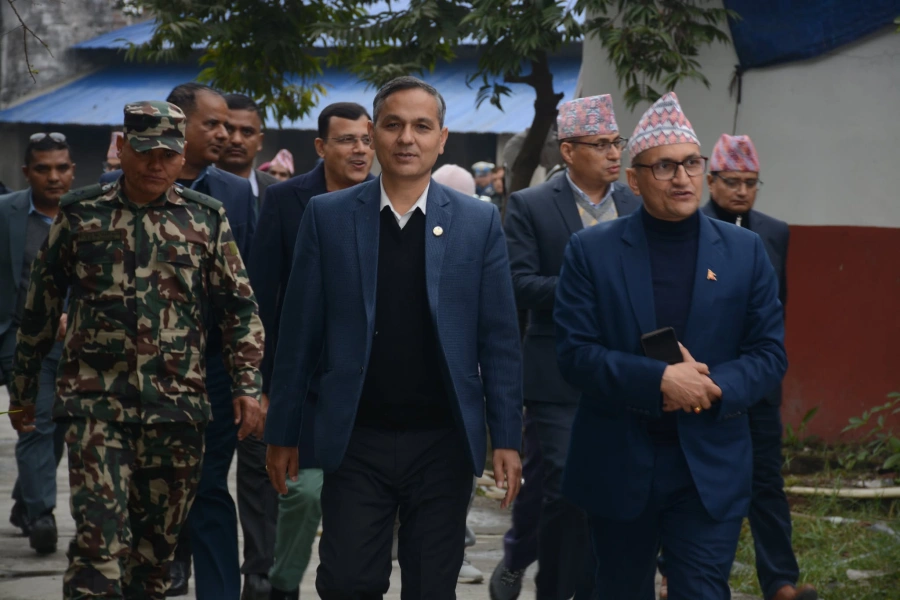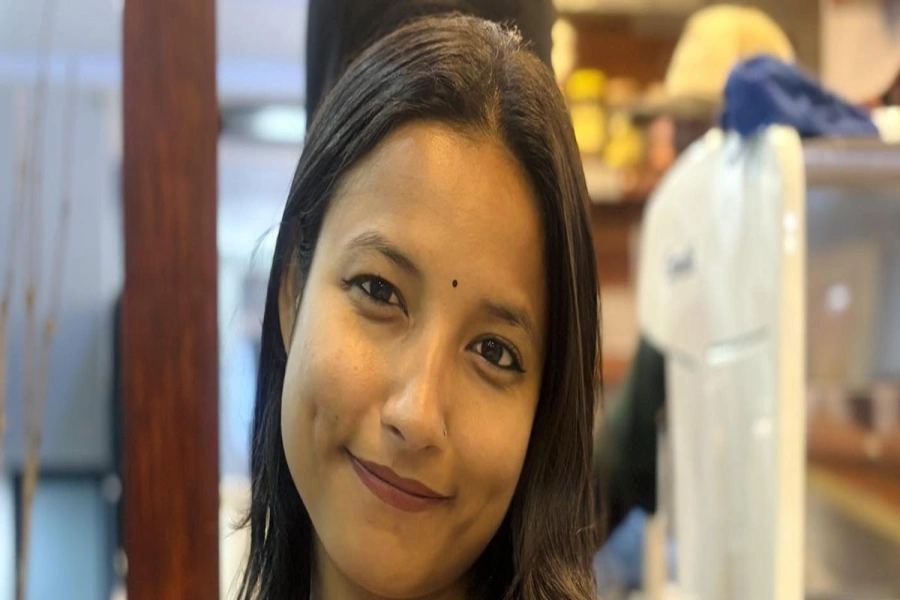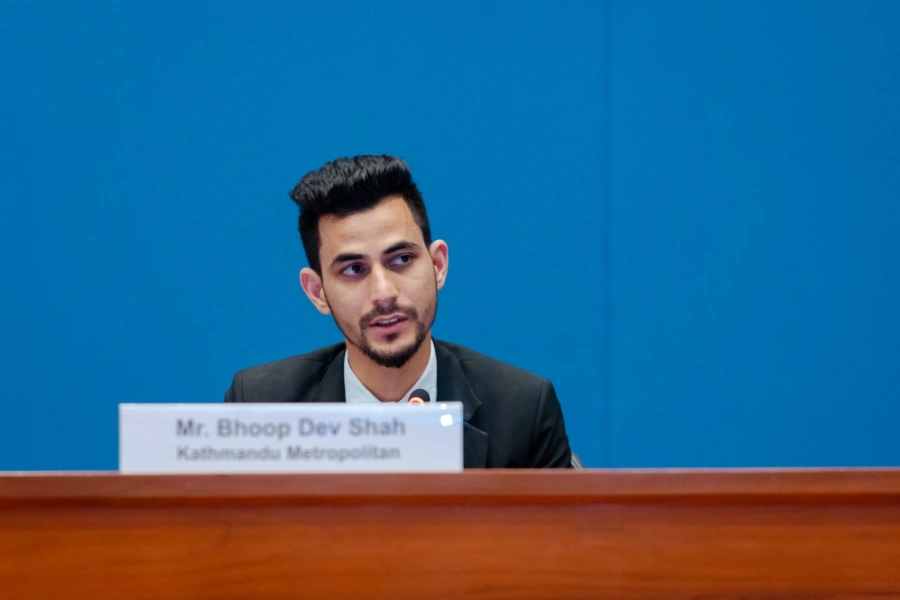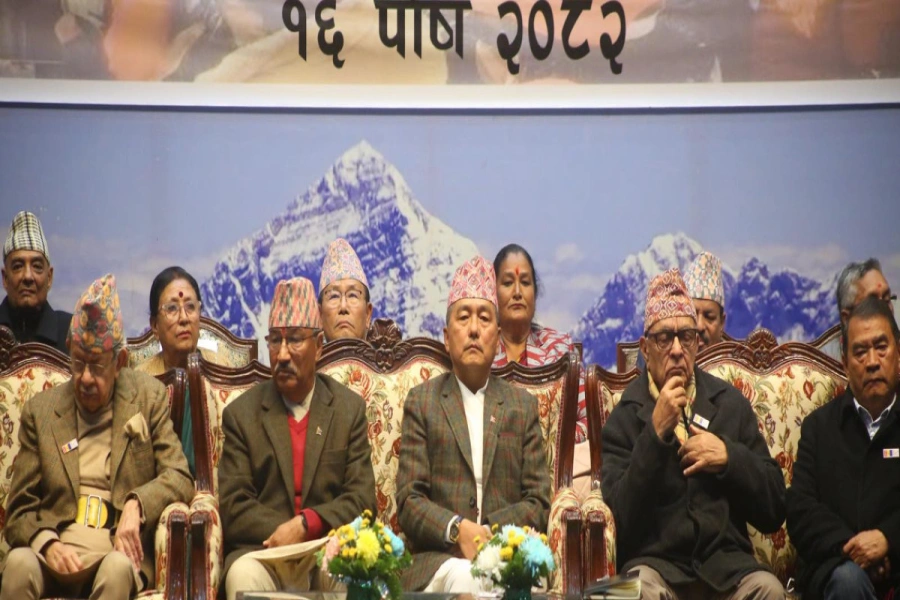It is imperative to partner with the private sector, trade unions, supply chain auditors, and recruitment agencies to reduce the risks of trafficking and exploitation
This year is the twentieth anniversary since the adoption of the UN Convention Against Transnational Organized Crime, and its historic Protocol to Prevent, Suppress and Punish Trafficking in Persons, Especially Women and Children. This Protocol established the first internationally recognized definition of trafficking in persons; a definition that has stood the test of time.
We are half-way through a very difficult year. The challenges of the ongoing pandemic have had a severe impact on migrants, as well as increasing vulnerability to trafficking and exploitation for a broader range of populations. It is a good time to reflect upon these last decades and consider how the landscape of human trafficking has changed; how the contexts, types of trafficking, and means of deceit and coercion have evolved over time in response to consumer demand, migration trends, and situations of conflict and crisis.
US Embassy supports e-course on understanding and countering mi...

IOM has been implementing counter trafficking interventions in accordance with human rights principles for more than two decades, including under the clearly defined parameters offered by the Palermo Protocol. As trafficking practices have evolved, so have our interventions to recognize populations at high risk, and to access vulnerable groups and identify victims wherever they are found, whether in urban centers, industrial factories, or humanitarian settings. We provide protection and assistance; undertake coordination and advocacy work, and support States in developing their own capacity to address trafficking. Indeed, while most nations had prohibited slavery by the mid-1900s, the Palermo Protocol has galvanized the adoption of specific national anti-trafficking legislation, from Bangladesh, to Canada, to Mauritania.
Between the ratification of the Protocol and today, the world has encountered new risks. The concept of terrorism has become part of our every-day lexicon. Recruitment into extremist and non-state armed groups has intersections with mobility, displacement, and exploitation, creating grave implications for at-risk communities and the victims. Interventions must respect state sovereignty and the need to maintain international security, while honoring human rights and advocating for those trapped in incredibly complex circumstances.
The world has also become more globalized. Tales of travel and riches have proliferated in the media. When the Protocol was adopted, the internet was a new phenomenon, and smart phones did not yet exist. The advent of social media and high connectivity—even among remote and rural societies—has created new avenues where recruiters and opportunists can deceive, coerce, and extort others. But at the same time, mobile communications have been harnessed to coordinate prevention efforts, rescue operations, to reunite families, link victims to the services they need, and bring life-saving awareness to populations at risk.
We have learned, as have governments, that it is imperative to partner with the private sector, trade unions, supply chain auditors, and recruitment agencies. Not only can they work to put in place practices to reduce the risks of trafficking and exploitation, they also have a unique vantage point. In recent years, we have become increasingly aware of the vast potential that tech companies, money transfer systems, and even the gaming industry offer in identifying trends, hot spots, and solutions to human trafficking through the data they collect.
While we might often think of trafficking as a cross-border phenomenon, we recognize the need to include domestic exploitation. However, not all of our thinking has evolved. Our collective response still views trafficking through a law enforcement paradigm. This has implications for the efficiency with which we identify and assist victims, and some anti-trafficking measures can, unintentionally, produce further violations to people who have already suffered. We must update our approaches based on the realities facing vulnerable populations, and we echo the call to apply a human rights-based approach when dealing with mixed populations that we know include potential victims of exploitation and abuse.
We are now confronted with a new and enormous challenge. COVID-19 has brought a devastating impact upon the household security and health of billions of people all over the world, which inevitably heightens vulnerability and risk of exploitation, whether it is job-seekers taking hazardous journeys, families relying on child labor for survival, or the marriage of young daughters in a desperate attempt to relieve economic strain. Severe restrictions to mobility around the world have created additional risks for people on the move.
Now, as we have always done, the anti-trafficking community must evolve and adapt to this new crisis, finding innovative ways to identify trends, screen for vulnerabilities, support States while advocating for human rights and the prevention of abuse, and seek safe and viable options for those who will remain on the move.
The author is Director General of International Organization of Migration




































